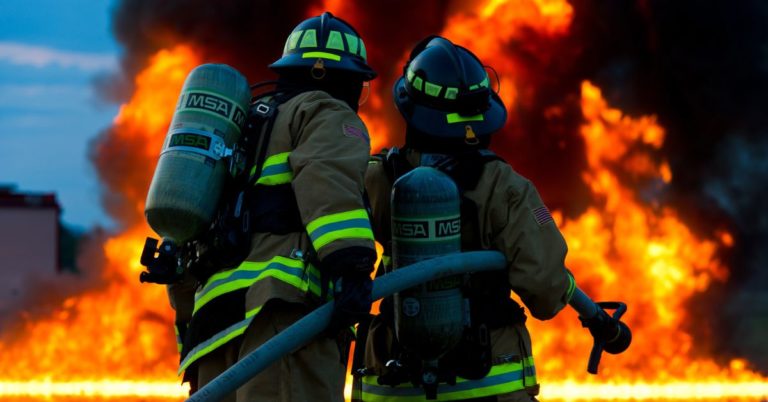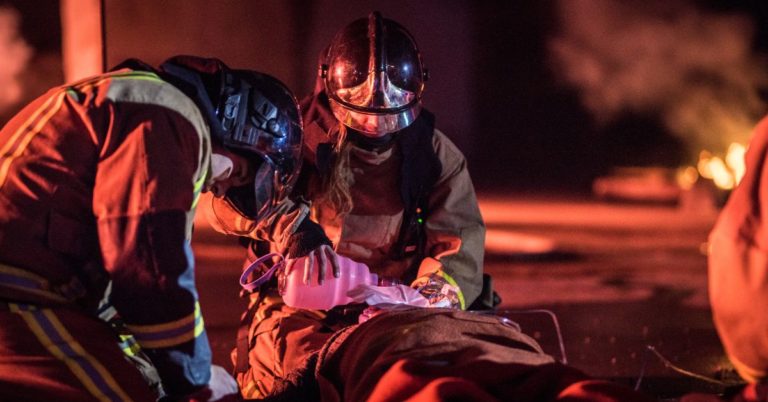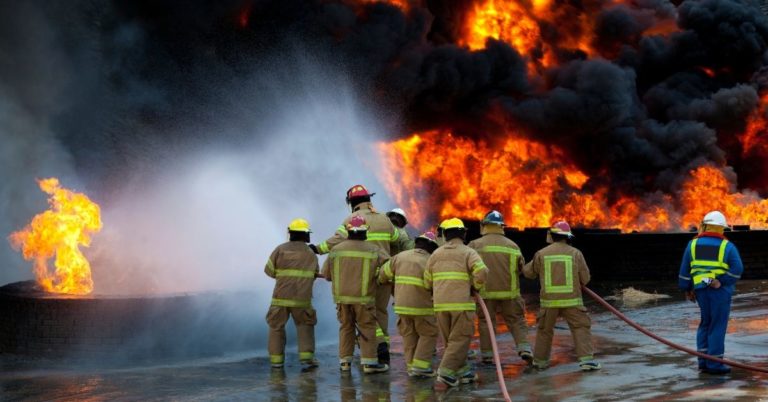Across our country Fire Departments face a funding squeeze which has left virtually every aspect of their operations underfunded. This includes everything from recruiting and hiring, to equipment, to the very buildings that our Firefighters are housed in.
In July of 2019, the NFPA released a report entitled, “Renovation Needs of the US Fire Service,” which outlines the infrastructure needs of our nation’s Fire Departments. The study looked at the condition of Fire Houses across the country. Specifically, the scope of the investigation covered five core concerns: Fire Stations Over 40 Years Old, Fire Stations without Exhaust Emission Control, Fire Stations without Backup Power, Fire Stations without Separate Facilities for Female Firefighters, and Fire Stations in Need of Mold Remediation.
The findings of the study reveal that thousands of Fire Departments across America need immediate renovation to address these core concerns, at the tune of billions of dollars. Fire Departments that serve under 10,000 citizens are also noted as being affected the most by the lack of resources.
According to the report, “The Fourth Needs Assessment of the US Fire Service reports that 21,230 fire stations, or 43 percent of all US fire stations, are over 40- years old,” and the cost to modernize these Fire Houses would cost between $70-$100B. Exhaust Emission Controls are essential in protecting firefighters from exposure to harmful and carcinogenic exhaust fumes and diesel “particulate matter.” However, “29,120 fire stations, or 59 percent of all US fire stations, do not have exhaust emission control,” costing up to $1.7B to remedy across the country. Losing power in an emergency situation is a disaster scenario for Fire Departments. Still, “17,030 fire stations, or 35 percent of all US fire stations, do not have access to backup power,” which would also cost up to $1.7B to address. The exact figures to address facilities for women and mold remediation are not known but are likely to fall in line with the figures for buildings over 40 years old, costing billions as well. Fire Departments serving under 9,999 citizens account for well over 60% of all needed changes.

The urgent needs of our Fire Departments underscore the lack of funding at their disposal and the importance of government spending to assist them. Government spending is often a controversial issue, with support for more often falling on partisan lines. According to Economichelp.org, the increased taxation often implemented to support government spending is often cited as a negative influence of the potential Aggregate Demand in the economy. In other words, the negative tax burdens on the private sector can often negate the positive demand side benefits of spending the money in the first place.
However, economic events such as the Great Recession and our current Covid-19 crisis, are examples of when government intervention in the economy can often save it from complete collapse. Infrastructure spending, like the spending needed to solve the above mentioned issues in our Fire Departments, stimulate job growth, while also bringing greater efficiency to Fire Departments. In 2009, the American Recovery and Reinvestment Act (ARRA), provided $786B in relief across several economic sectors in the United States, including a one-time relief package to assist in construction projects which would modernize many Fire Department’s infrastructure through the Assistance to Firefighters Grant.
The ARRA allocated hundreds of millions of dollars to address the construction needs of Fire Departments. The ARRA was meant to “to stimulate the economy by providing jobs, DHS will provide high consideration to departments serving communities that have suffered the highest increases in joblessness rates.” The grant had two major areas of concern: to replace uninhabitable or unsafe structures and to fund projects expanding fire protection coverage to meet increased service demand. Construction parameters would also bring new construction to higher environmental standards and aligned with governmental Green initiatives. In total, the government received thousands of requests from departments across the country totaling billions in spending, but ultimately were only authorized to award around 100 grants, limiting each grant to $15M. Despite the billions of dollars in repair needs, the government was authorized to award $210M.Today in America, we have a President who is actively seeking to promote the type of infrastructure renaissance so desperately needed in every state of the country. President Donald Trump’s “Building a Stronger America” infrastructure initiative aims to spend “$200 billion in Federal funds to spur at least $1.5 trillion in infrastructure investments with partners at the State, local, Tribal, and private level.” As we have noted, departments serving under 9,999 citizens are the most dramatically affected by funding deficits to Fire Departments and are primarily located in rural areas. The Trump initiative proposes $50B directly to a Rural Infrastructure Program and would incentivize local spending to assist in these areas as well. This initiative, if acted on, would incentivize local and state governments to tackle their infrastructure needs in partnership with the Federal Government, increasing local accountability to citizens and stimulating targeted spending on local needs, including our chronically underfunded Fire Departments.





